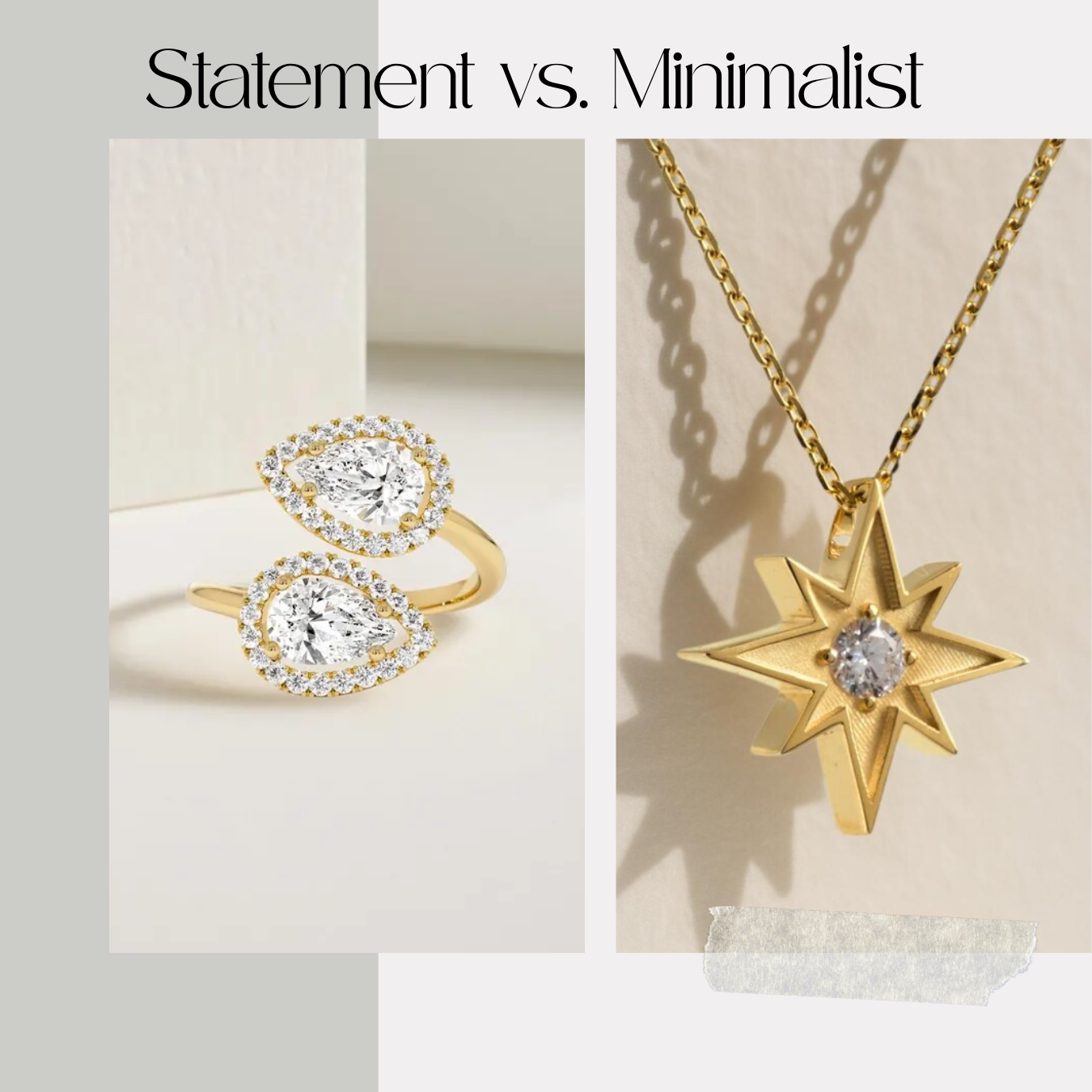If you’ve ever browsed a jewelry store or shopped online and noticed dramatic price differences between two “gold” pieces, you’ve probably wondered why? One necklace is hundreds (even thousands) of dollars, while another looks nearly identical for under $50. The answer often lies in a small but crucial detail: solid gold vs. gold-plated.
Although both may appear similar at first glance, they are very different in terms of value, durability, and long-term wear. In this post, we’ll break down exactly what makes solid gold and gold-plated jewelry different, how to tell them apart, and how to decide which is right for your style and budget.
What Is Solid Gold?
Solid gold refers to jewelry made entirely or mostly of gold, often mixed with other metals for strength. Pure gold (known as 24 karat) is soft and malleable, so it’s commonly alloyed with metals like copper, silver, or nickel to improve its durability.
Common Gold Purities:
-
24K Gold – 99.9% pure gold (softest, rarely used in jewelry)
-
18K Gold – 75% gold, 25% alloy (luxurious and more durable)
-
14K Gold – 58.3% gold (most popular for everyday wear)
-
10K Gold – 41.7% gold (most affordable solid gold)
Benefits of Solid Gold:
-
Will never tarnish or fade
-
High value and resale potential
-
Hypoallergenic (especially 14K and above)
-
Ideal for heirloom or everyday wear
Watch for Stamps: Look for hallmarks like “14K,” “18K,” or “750” stamped inside the band or on the clasp this indicates genuine solid gold.
What Is Gold-Plated Jewelry?
Gold-plated jewelry consists of a base metal (usually brass, copper, or stainless steel) coated with a very thin layer of gold using a process called electroplating. The gold content is typically less than 0.05% of the total metal content.
Characteristics of Gold-Plated Jewelry:
-
Visually resembles real gold
-
Affordable and trendy
-
Prone to tarnishing and fading over time
-
Not hypoallergenic if the base metal contains nickel or other allergens
Durability Tip: The thickness of the gold layer is measured in microns. Jewelry labeled as “heavy gold plate” will last longer than basic gold-plated pieces.
Pros and Cons
Solid Gold Pros:
-
Lifetime quality
-
Great investment
-
Safe for sensitive skin
Solid Gold Cons:
-
High cost
-
Softer (especially 24K) and prone to scratching
Gold-Plated Pros:
-
Budget-friendly
-
Great for fashion-forward or short-term use
Gold-Plated Cons:
-
Wears off over time
-
Can tarnish, flake, or cause skin irritation
Which One Should You Choose?
Choose solid gold if:
-
You want a long-lasting, daily-wear piece
-
You have sensitive skin or allergies
-
You're investing in a timeless heirloom or engagement piece
Choose gold-plated if:
-
You’re exploring trends or want affordable style options
-
You’re wearing the piece occasionally
-
You want a gold “look” without the price tag
Care Tips for Both
Caring for Solid Gold:
-
Use mild soap and warm water
-
Dry with a soft, non-abrasive cloth
-
Store separately to avoid scratches
Caring for Gold-Plated:
-
Avoid water, perfume, and lotions
-
Wipe gently after wearing
-
Store in a soft pouch or airtight bag
How to Tell the Difference When Buying
-
Check the stamp: Solid gold will have a karat mark (e.g., 14K, 18K), while gold-plated may say “GP,” “GEP,” or “HGP.”
-
Ask about the base metal: Especially important for people with allergies.
-
Buy from reputable sellers: Transparency matters look for clear descriptions and return policies.
While solid gold and gold-plated jewelry may look alike, they serve very different purposes. Solid gold is an investment in quality and longevity, while gold-plated jewelry offers style and affordability for less permanent needs.
Whether you're shopping for a lifelong piece or a seasonal statement, understanding the difference helps you buy smarter and wear with confidence.




